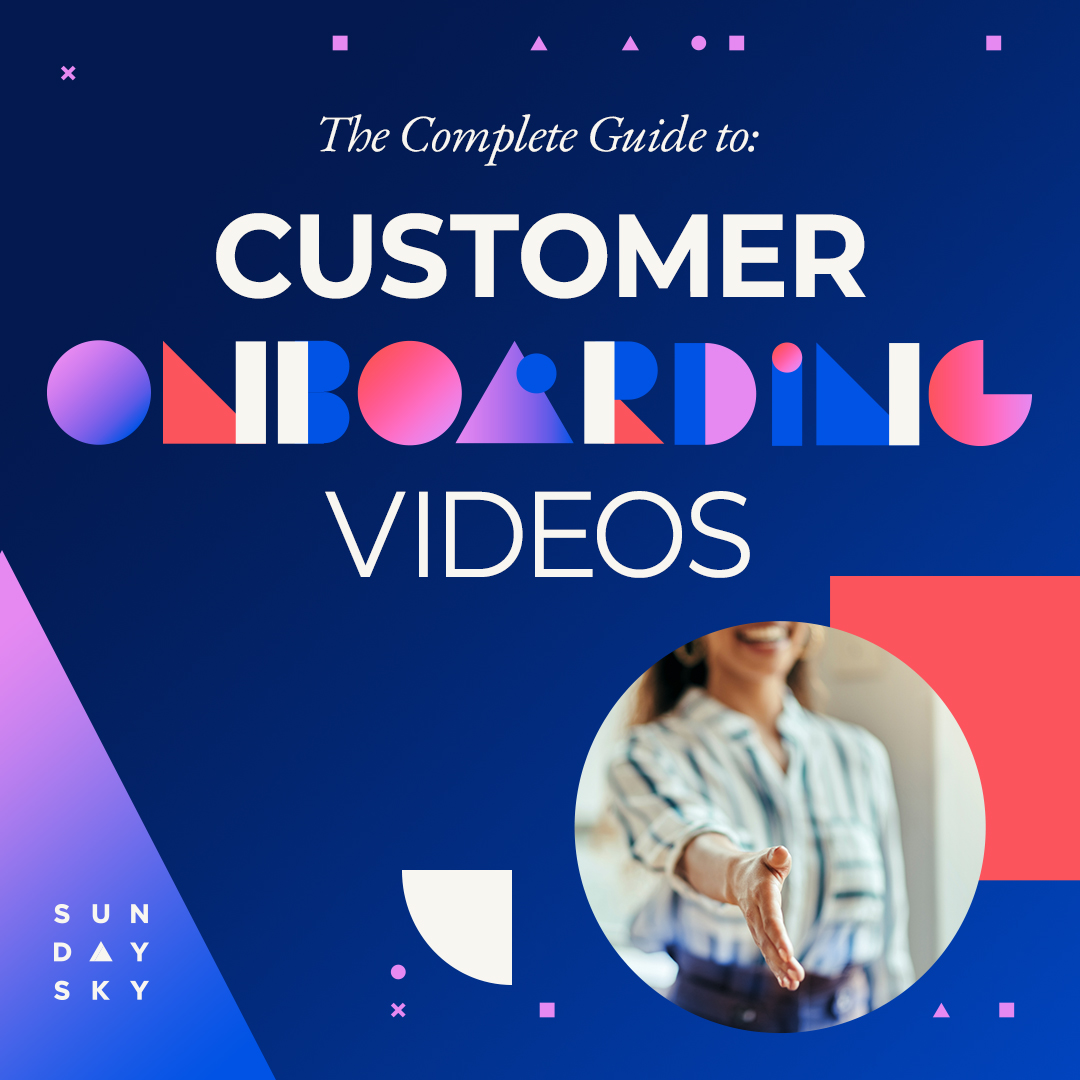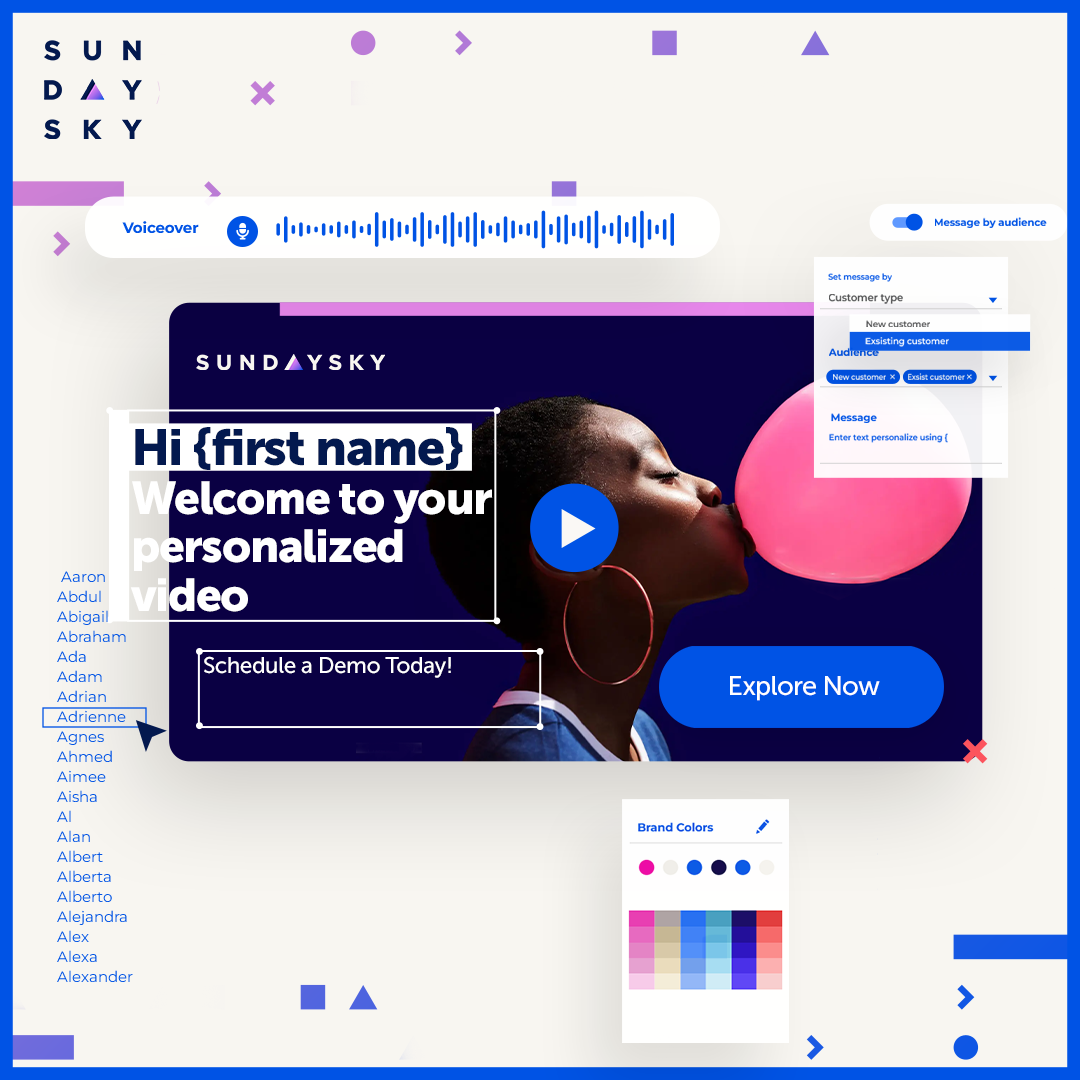This article first published on April 8, 2022 for the Forbes Technology Council.
Relevance is everything when it comes to catching and keeping attention.
I’m a big college sports fan and respond favorably to communications having to do with Villanova basketball. I have a good friend who can’t stand sports but loves the arts. We both have a million things on our to-do list, so if you’re an auto manufacturer trying to get our attention, good luck. However, if you show a video of that car rolling up to Finneran Pavilion on game night or an exhibit opening at the Met, you’ll catch us both.
Change in the world of video over the last decade has been staggering. Just years ago, highly curated videos at scale were reserved for businesses with deep pockets, resources and lots of time. Today, however, production companies and crews are no longer needed. Editing suites and expensive cameras have given way to handheld devices and cloud-based software platforms. Video has been democratized.
Further, familiarity doesn’t breed contempt; personalized video opens doors and makes sales. That’s why Salesforce’s 7th Annual State of Marketing Report declared it the star channel of 2021. In fact, in a supporting survey of over 8,000 marketers, 94% revealed they’ve used or were planning to use video in the future.
That said, the issue with video now is ensuring content is easy to create, personalize, distribute and optimize at scale.
More Than A Tool
There are many tools to create a video—that’s a single video, produced one at a time. Once created, it must be downloaded and uploaded to the appropriate channel. These videos typically draw from basic templates and impersonal third-party footage.
However, organizations would like to create emotional attachment at scale, and there’s a lot of complexity behind personalization, generating up-to-date content and distributing videos on the many channels now available. What’s needed is the ability to:
Produce multiple videos with multiple variations to reach multiple audiences.
- Personalize videos to match viewer personas.
- Update content to make sure messages are fresh.
- Deploy videos to channels with varied aspect ratios.
- Track engagement and optimize each for performance.
However, what if you want to create five videos, each speaking to six different audiences while deploying them to four different channels? How about frequently updating and optimizing content and tracking analytics? What if you want to conduct A/B testing to see which delivers the best user experience?
That’s just not possible with the one-off limitations of a video creation tool.
Unlocking Video
Technology is overcoming these issues by approaching the medium as any effort to personalize at scale. It calls for reimagining workflows as Salesforce did with static CRM databases. This unlocks the driver of video success—the ability to execute strategy by planning, managing, distributing and optimizing at every phase.
Video’s evolution parallels marketing’s, where automation removed labor-intensive tasks to make initiatives like mass customized email campaigns possible. For instance, video modules are now used as building blocks to assemble and deliver customized pieces across any channel in real time. A single video can then automatically generate various versions based on user rules and individualized data. With the ability to track click-throughs and views, testing can reveal what’s working and what isn’t.
Done manually, these tasks would eat up too much time, effort and money. Still, technology alone isn’t the answer; organizations must be ready. The following are a few areas to focus on.
- People in place. Roles that must be filled include a content marketer who’s able to tell stories in an animated way, a creative director who can ensure videos are on brand and someone who can oversee marketing operations to ensure the right data is used to make video stories personally relevant.
- Plan your processes. Rather than replacing video production teams, elevate them and augment their work by bringing more folks into the collaboration fold. As feedback happens, take a modular approach to revise standalone scenes rather than re-exporting everything.
- Deployment success. Why start from scratch when there are proven video stories and templates? Examples exist in nearly every industry, ranging from using video to help customers understand billing in telecom, benefits in health insurance, product details and value in e-commerce.
- Pitfalls to avoid. Don’t get stuck on autopilot. Always be testing which messages resonate best with different audiences. Both your technology and your processes should be agile in order to make content changes as they happen.
A Whole New View
Deploying video at scale can happen in a wide variety of use cases. For retail, it can help drive in-store traffic, stimulate customer loyalty and promote store credit cards. When created in modules, retailers have the ability to personalize at scale and roll out content quickly, saving time and money.
For health insurers, video can help members understand coverage. With a modular library, they don’t have to sift through collateral or an all-encompassing video. Instead, based on data points, the insurer’s platform could deliver a video experience matched to that person’s needs—which could also lessen the cost burden on support functions.
Financial services could use modular video to bring customers up to speed on account status while detailing contributions needed to reach personal goals. Cable providers could use video to minimize in-home visits by providing issue-specific chapters that allow customers to handle self-installs and troubleshooting, which can also lower provider costs.
The democratization of digital video is complete with the ability to create and distribute relevant, modular video content at scale. It’s a whole new view of video—one with “stop what you’re doing” potential that’s as attention-grabbing as the Wildcats making it to the Final Four or a new rare art exhibit at the Met.












